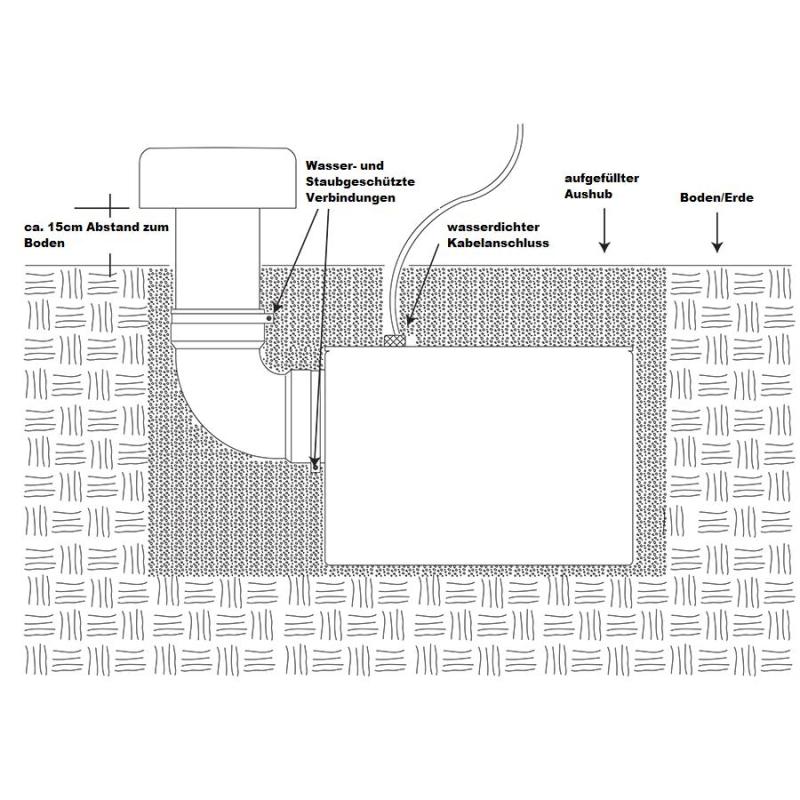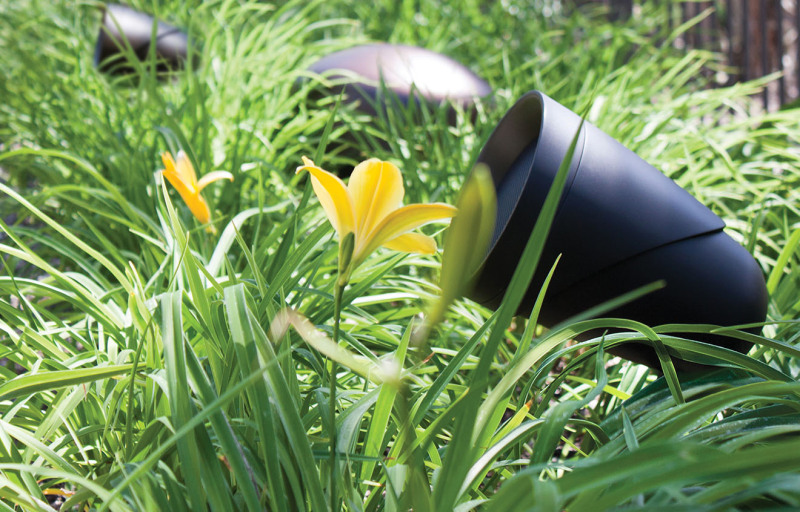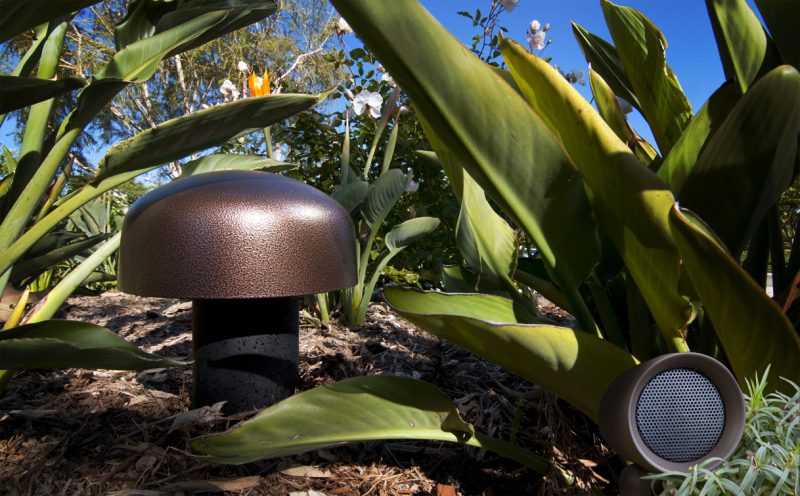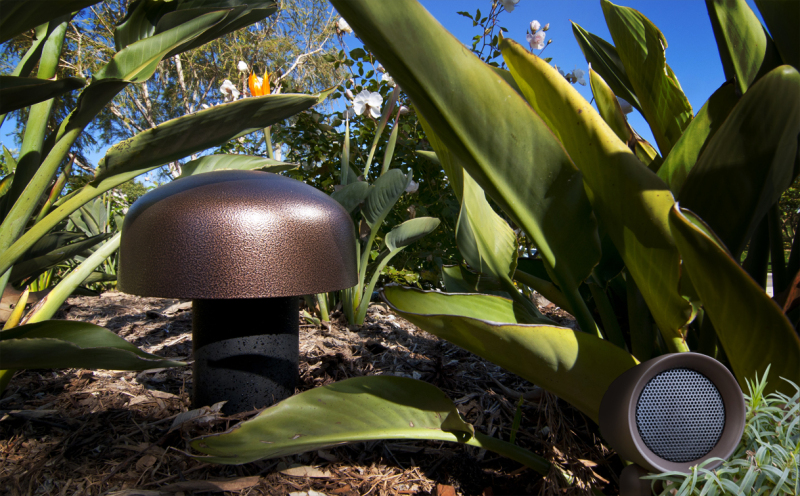

by Olaf Adam
Music consists of high and low frequencies, and the more compact a speaker is, the more difficult it is for it to reproduce low frequencies. That is why loudspeaker systems with an additional subwoofer have long been established; in the home theater anyway, but increasingly also in the stereo area. The bass is mostly neglected only when sounding in the garden and terrace - why actually?
If you equip your house with a multiroom system today, you usually also plan at least one outside listening zone for the terrace or garden. After all, you want to enjoy your music there in the summer months, just as comfortably as in the other areas of your home. Solutions for this are available in large numbers, from weatherproof built-in loudspeakers, to boxes for wall mounting, to inconspicuous sound transducers in (artificial) stone optics. However, most of these speakers are rather compact, lacking real bass capabilities. This can be remedied by special subwoofers for outdoor use, but for some reason they are rarely actually used. This would be an obvious choice, because nowhere else can you implement effective bass support so inconspicuously and well as outdoors.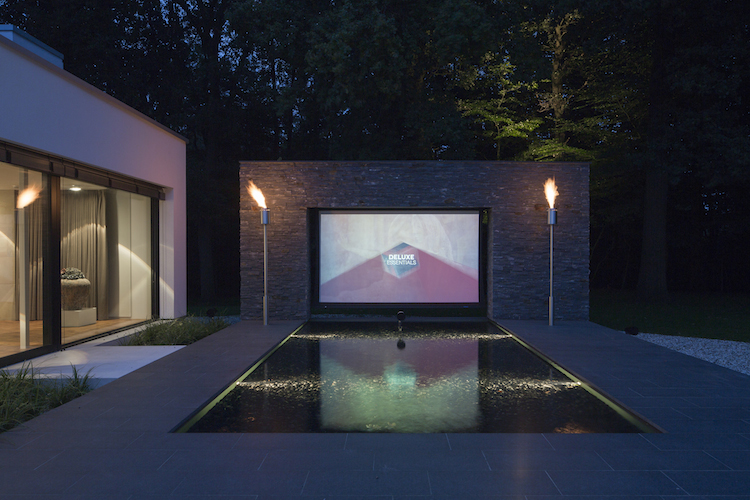
First of all, one of the greatest acoustic worries that one would otherwise have to deal with in 'one's own four walls' is eliminated outside. Because it is precisely these 'four walls' that reflect the sound, and standing waves or room modes arise at frequencies determined by the distance between them. Especially in the bass range, you always hear the room, not necessarily the music. Logically, this problem does not exist outdoors, so that here - and strictly speaking only here - an unadulterated, authentic sound can be achieved.
Another challenge to solve when placing a subwoofer in a room is extremely easy outside. A decent subwoofer is inevitably quite large and not always inconspicuously integrated into the room furnishings. This problem is very easy to solve in the garden or on the terrace. On the one hand, it is possible to hide the sub in planters or other objects. But it's even easier to just bury it.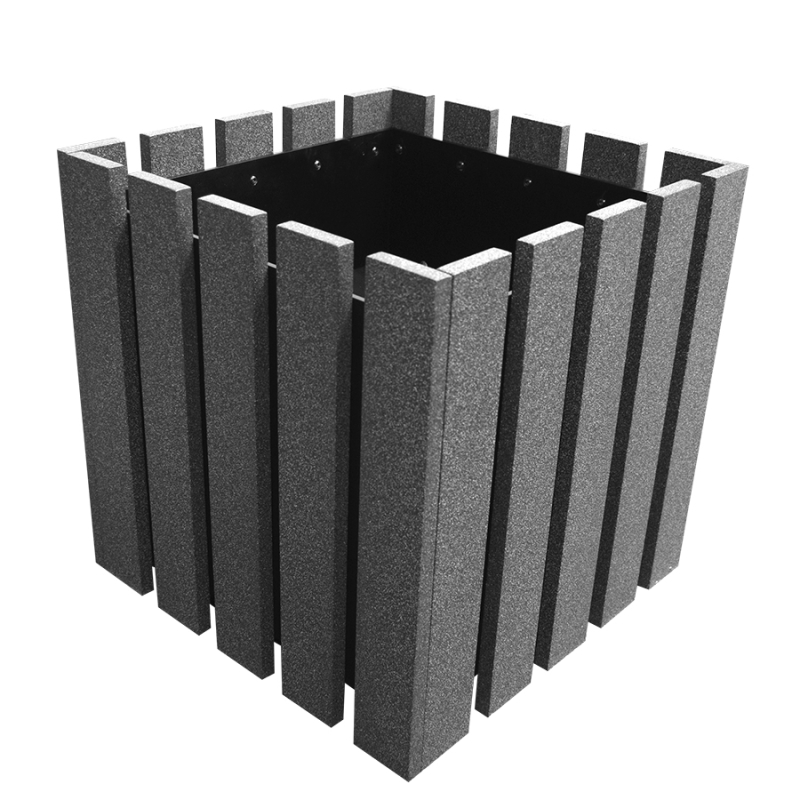
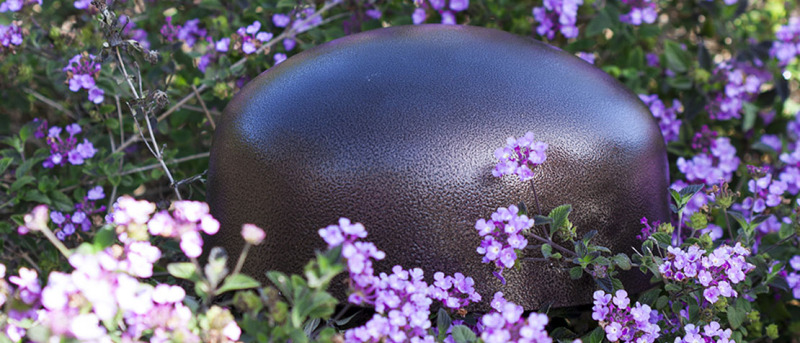
Apart from the fact that such a solution with the right music and volume is probably actually suitable for driving away pesky burrowing small animals, one should perhaps dispel a common prejudice at this point. A subwoofer in the garden is definitely not just something for 'party people' who want to annoy their neighbors every weekend with dull bass pounding. On the contrary. All music contains low-frequency components that cannot be reproduced by compact speakers. If you really want to hear the whole recording, you can hardly avoid a subwoofer. This is especially true, for example, with classical music or jazz, which normally uses the entire audible spectrum without the constantly obtrusive 'boom bass' being heard. Here, an outdoor subwoofer enhances the listening experience immensely, and by the way, especially at low volumes, where the bass weakness of conventional speakers is particularly noticeable.